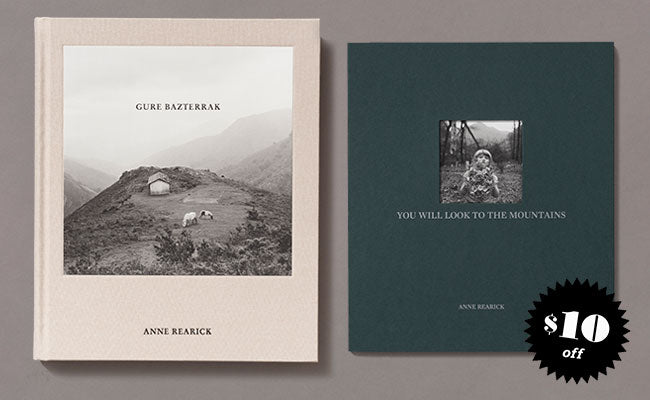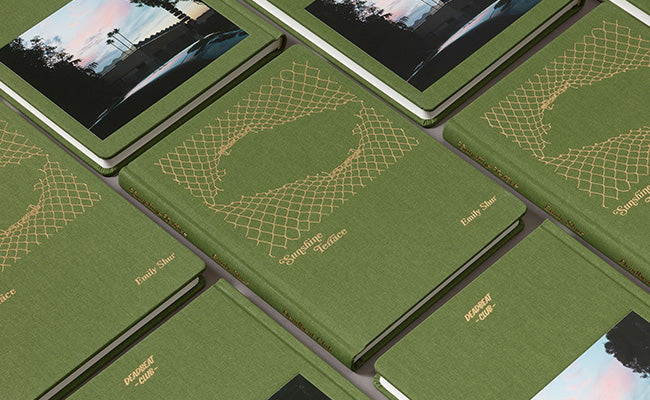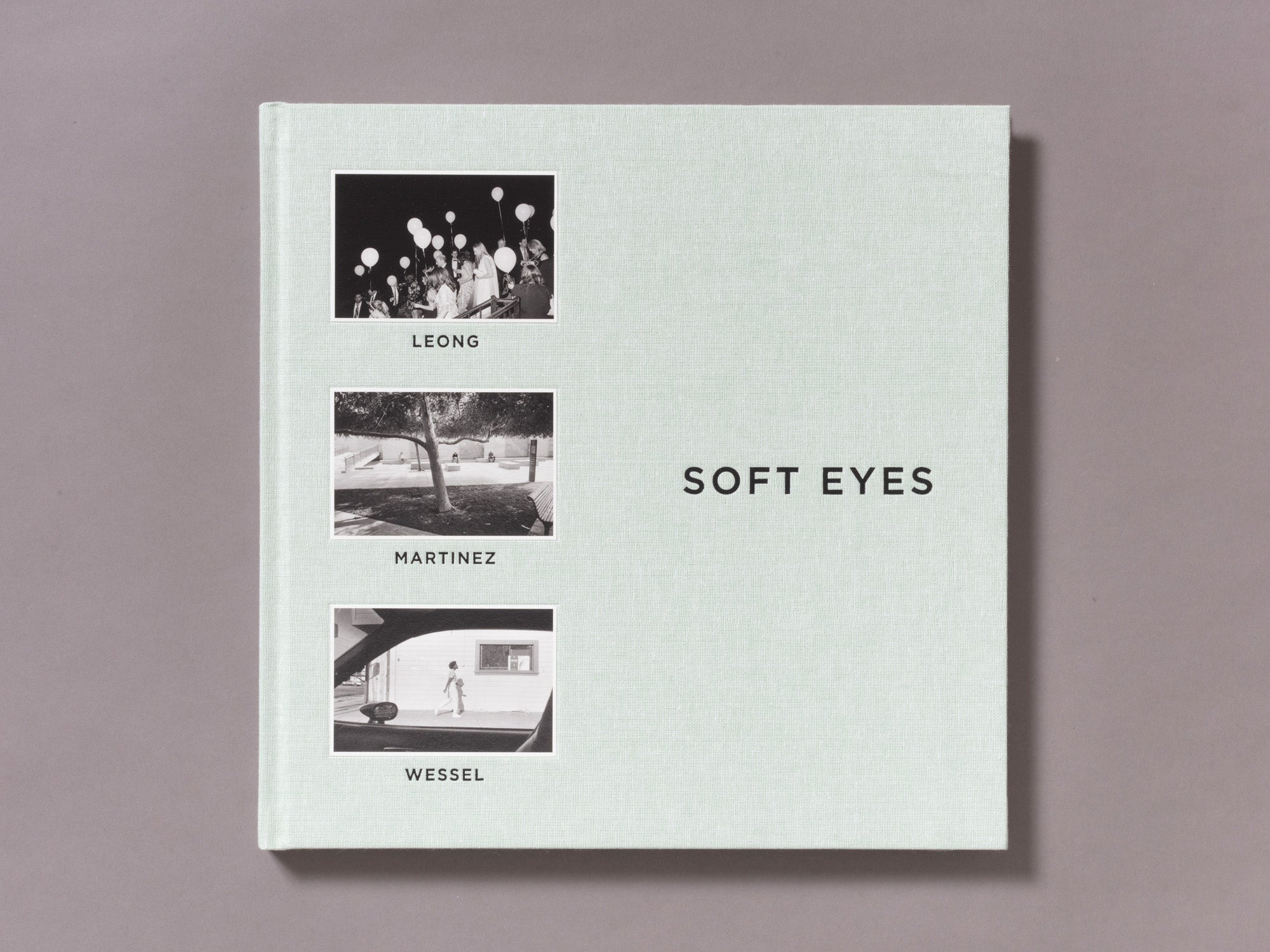

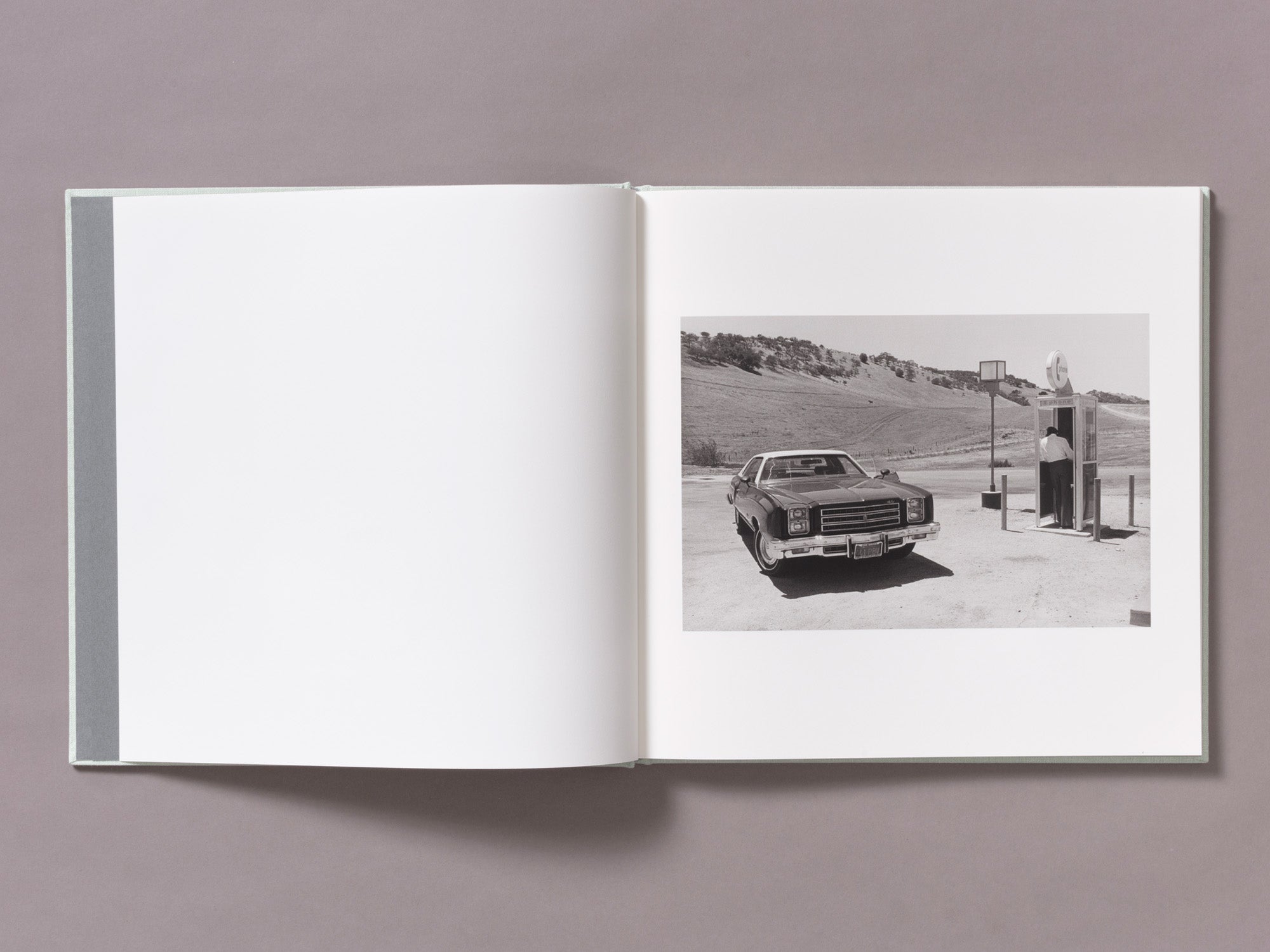
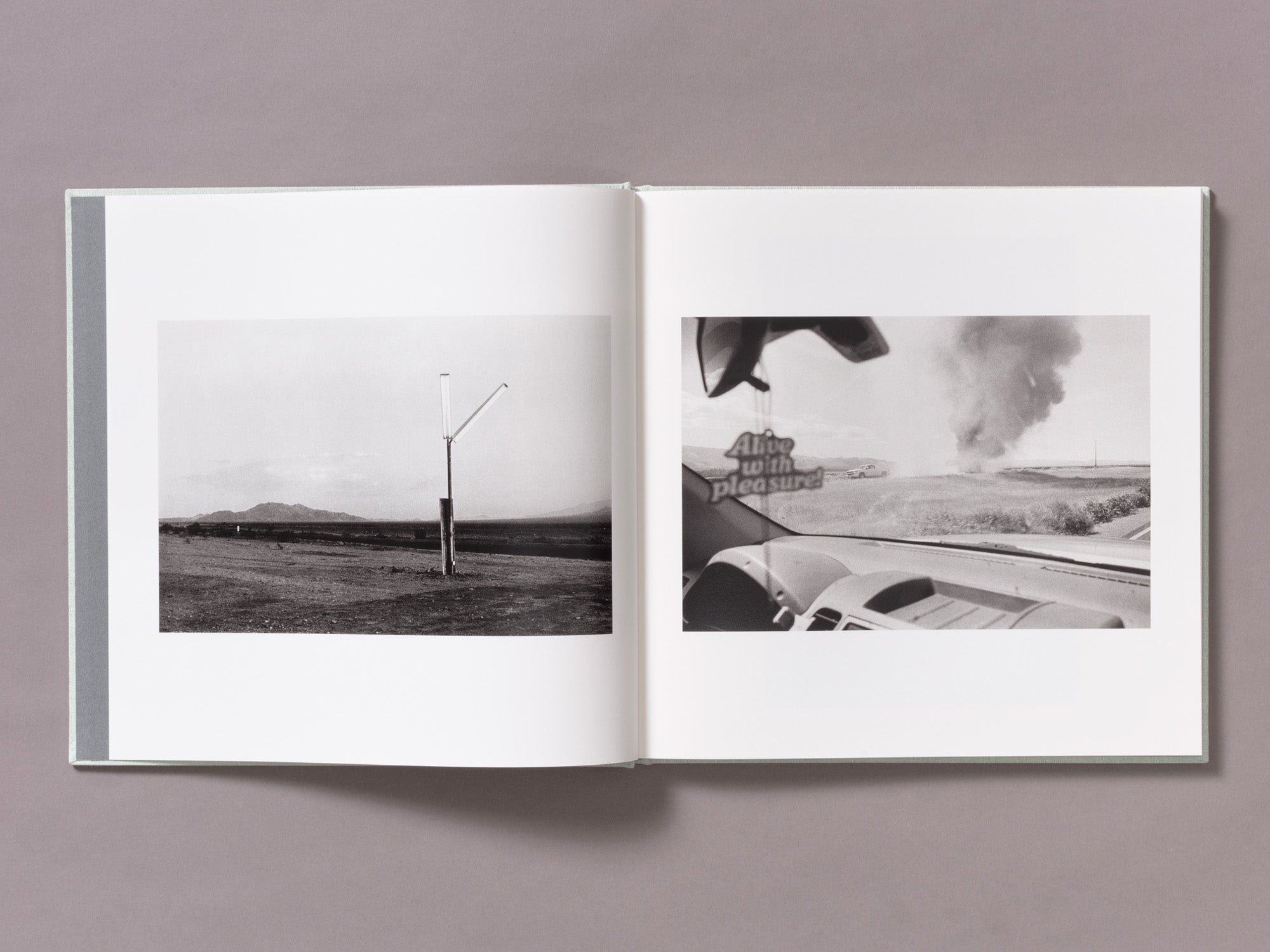


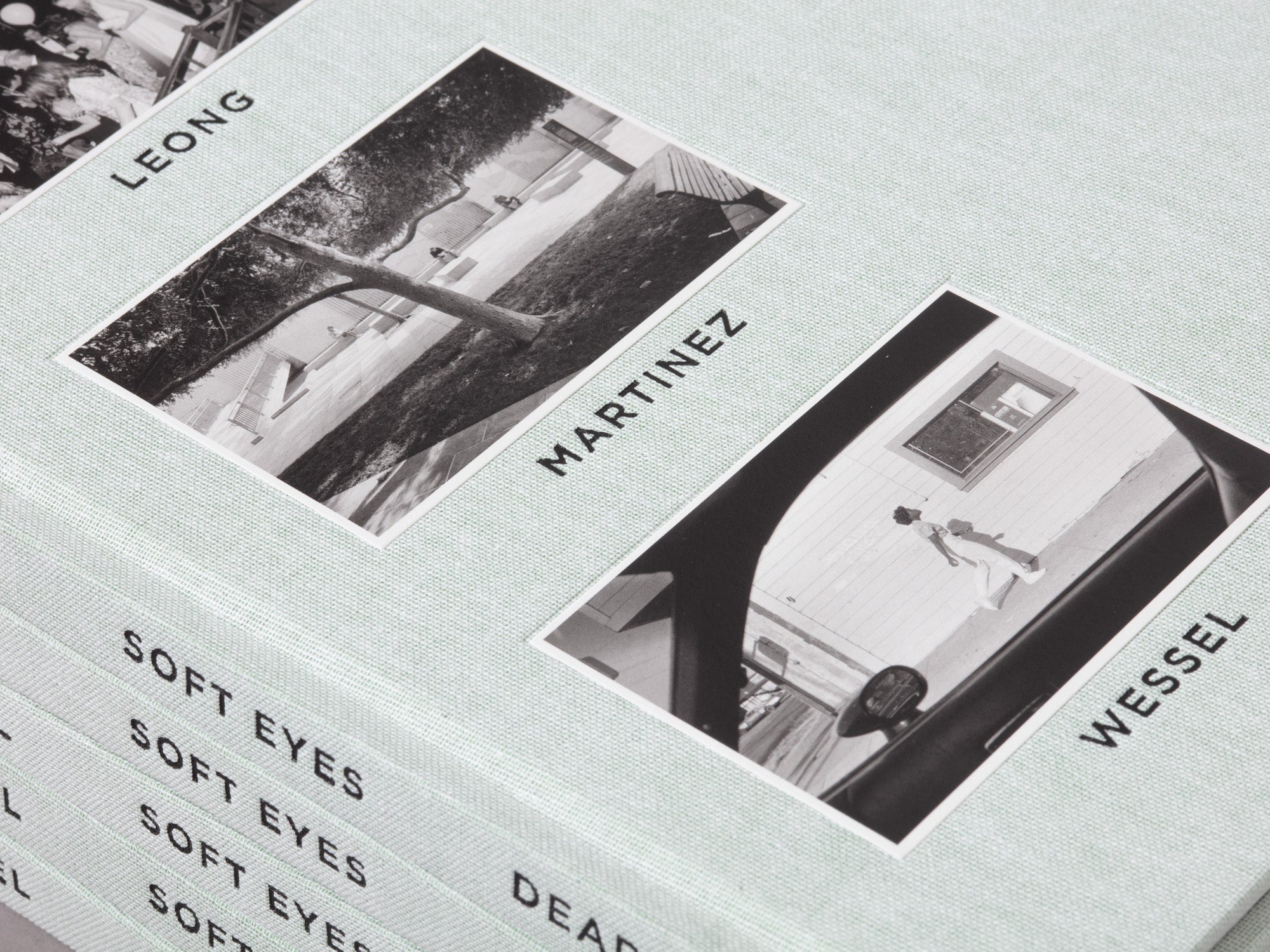
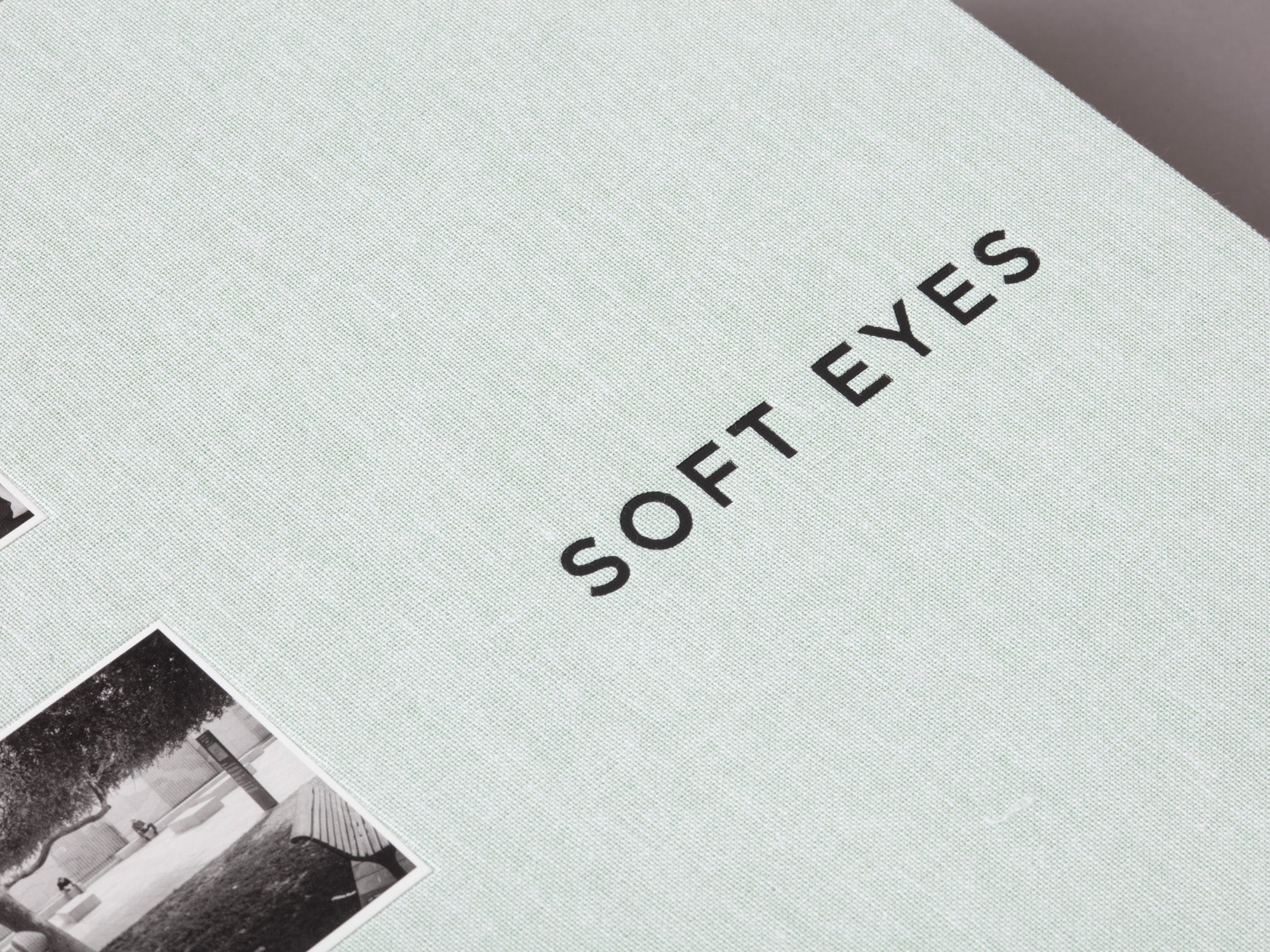
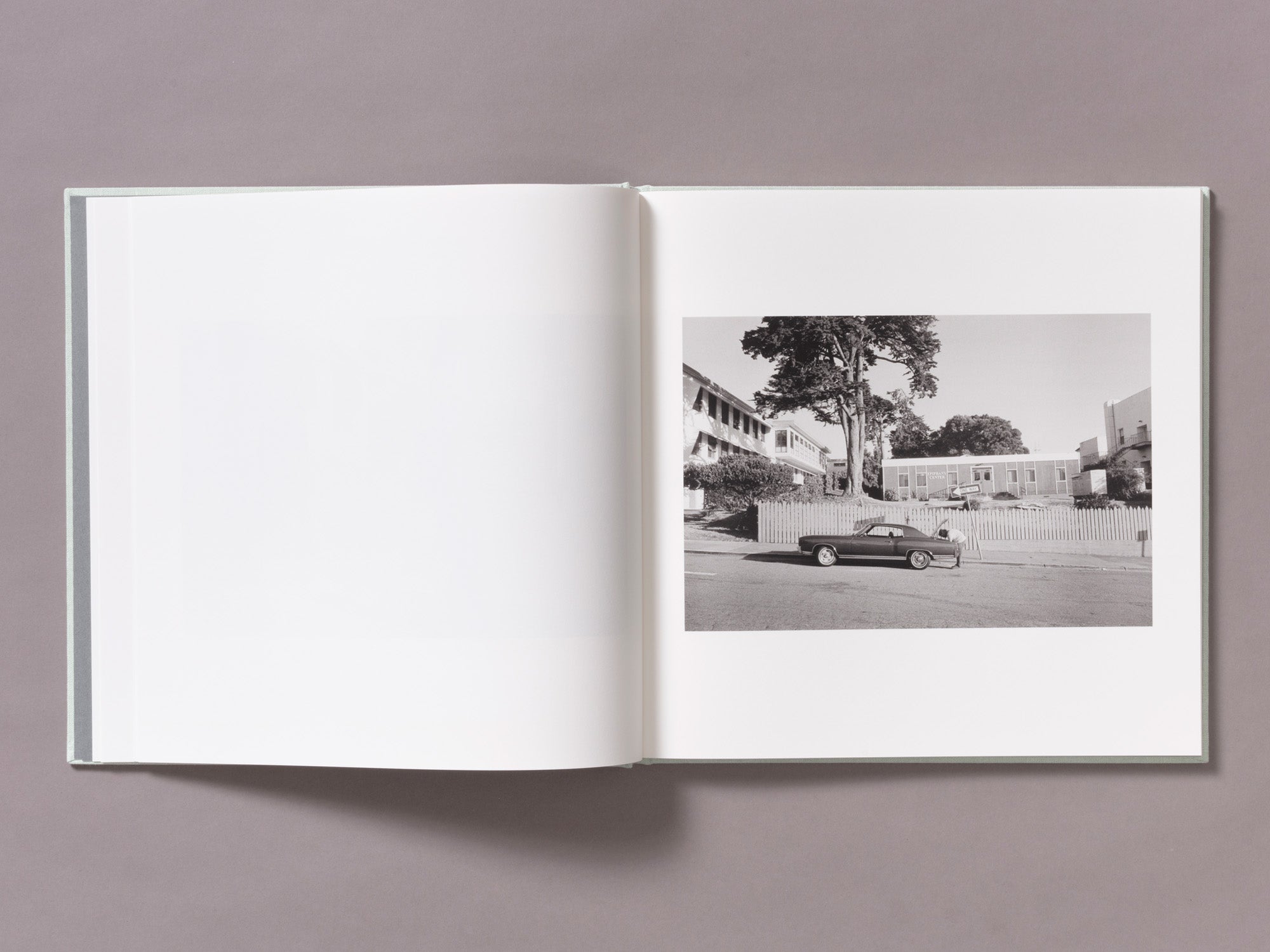
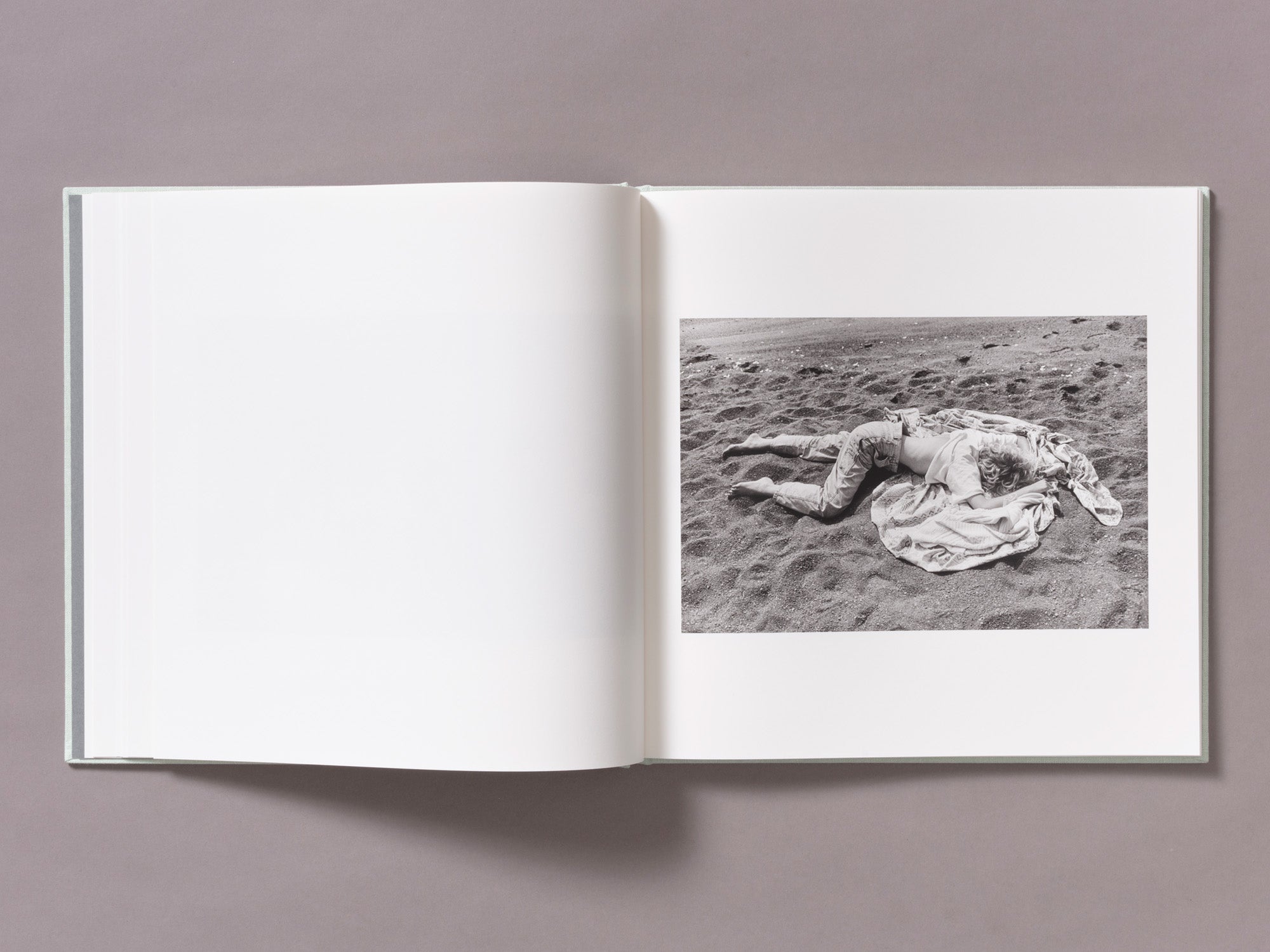
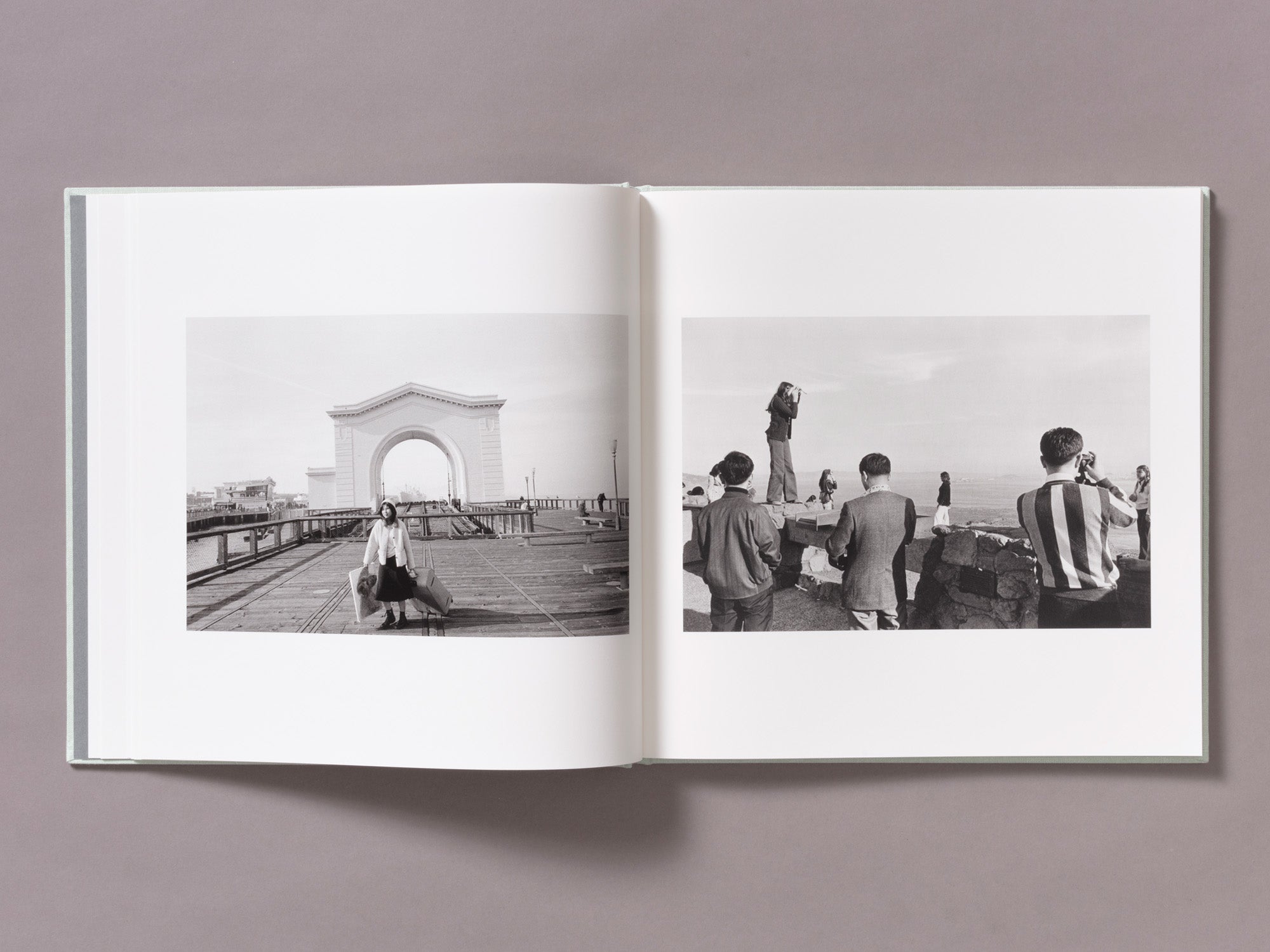
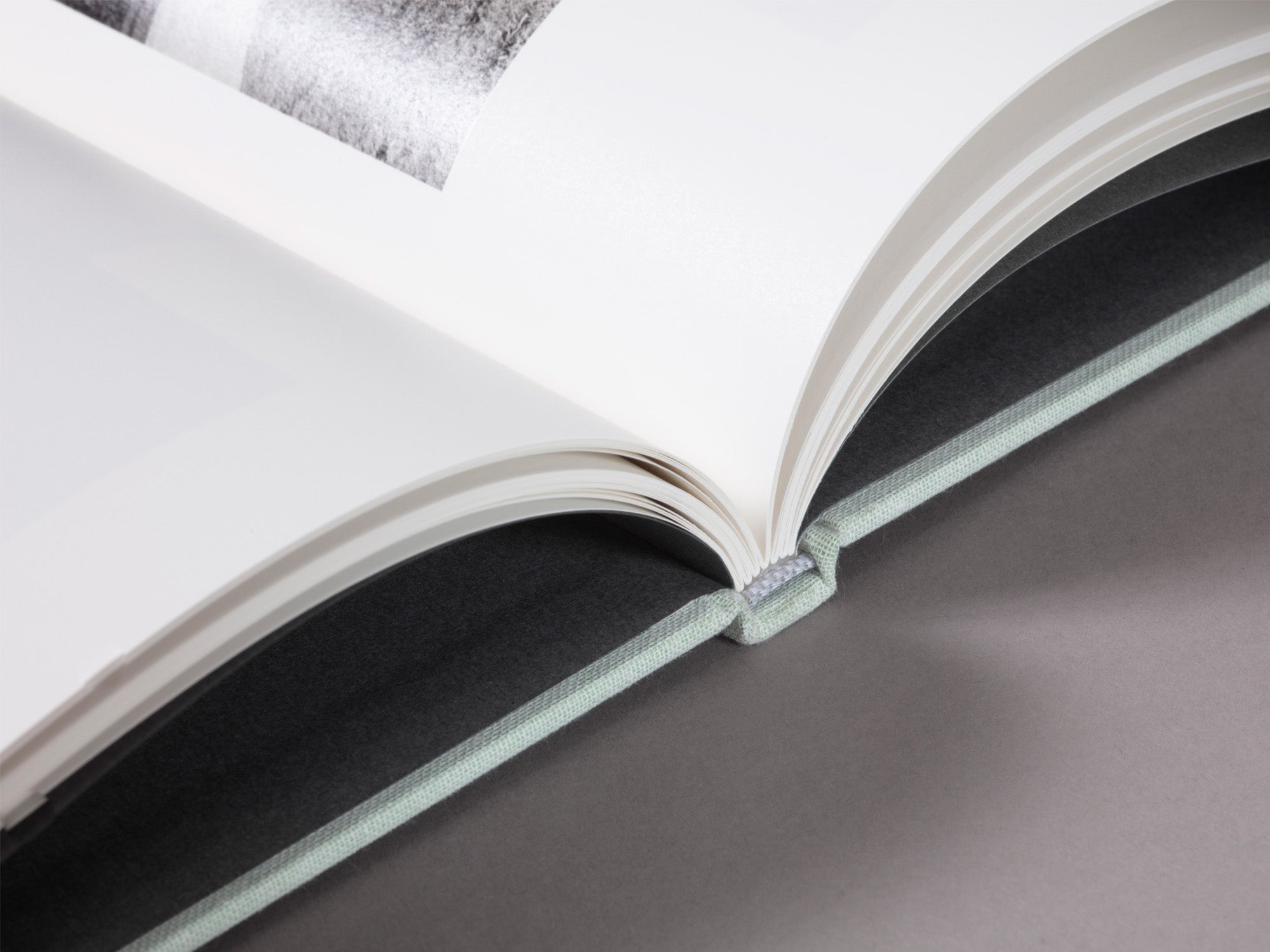
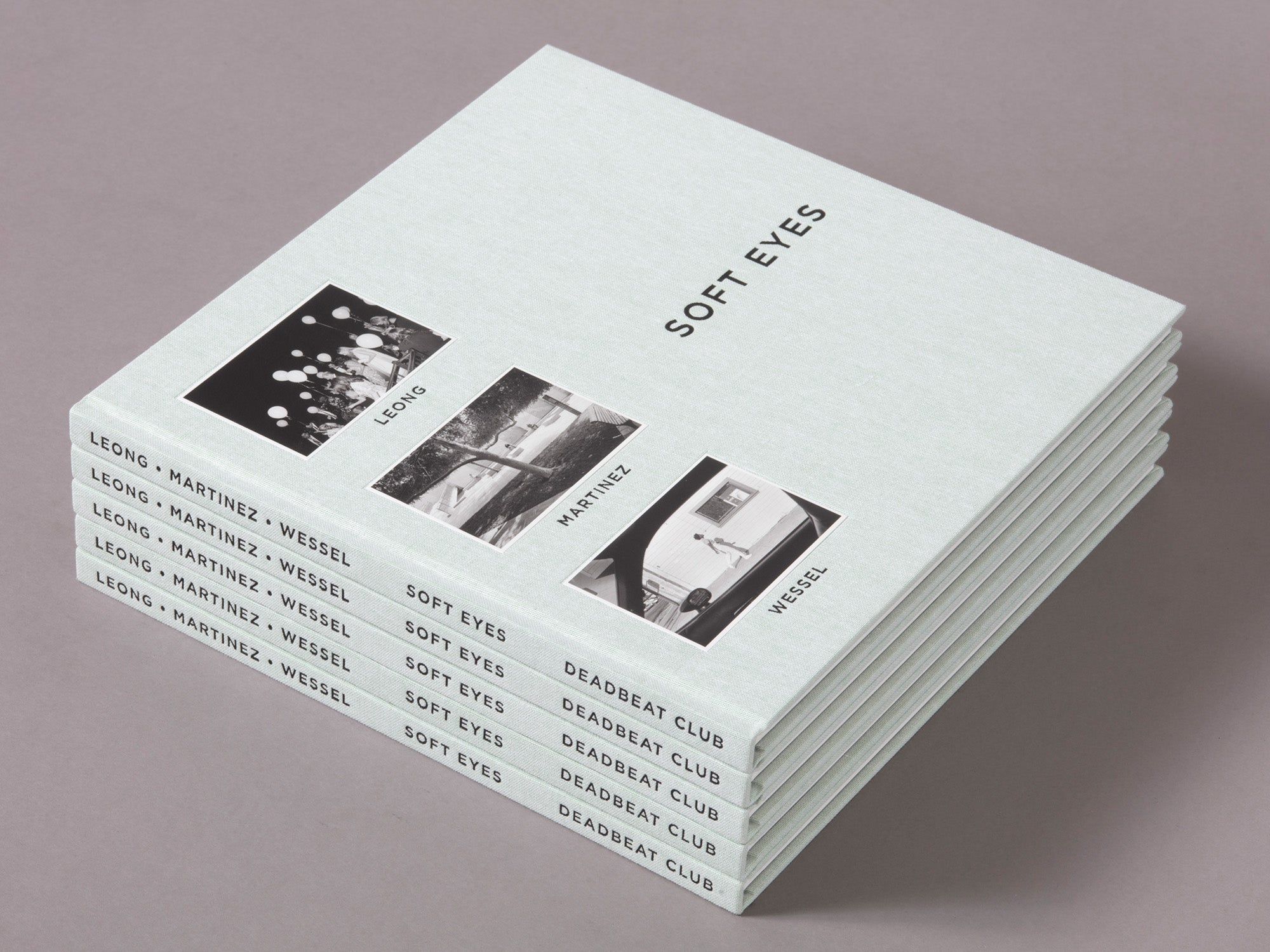
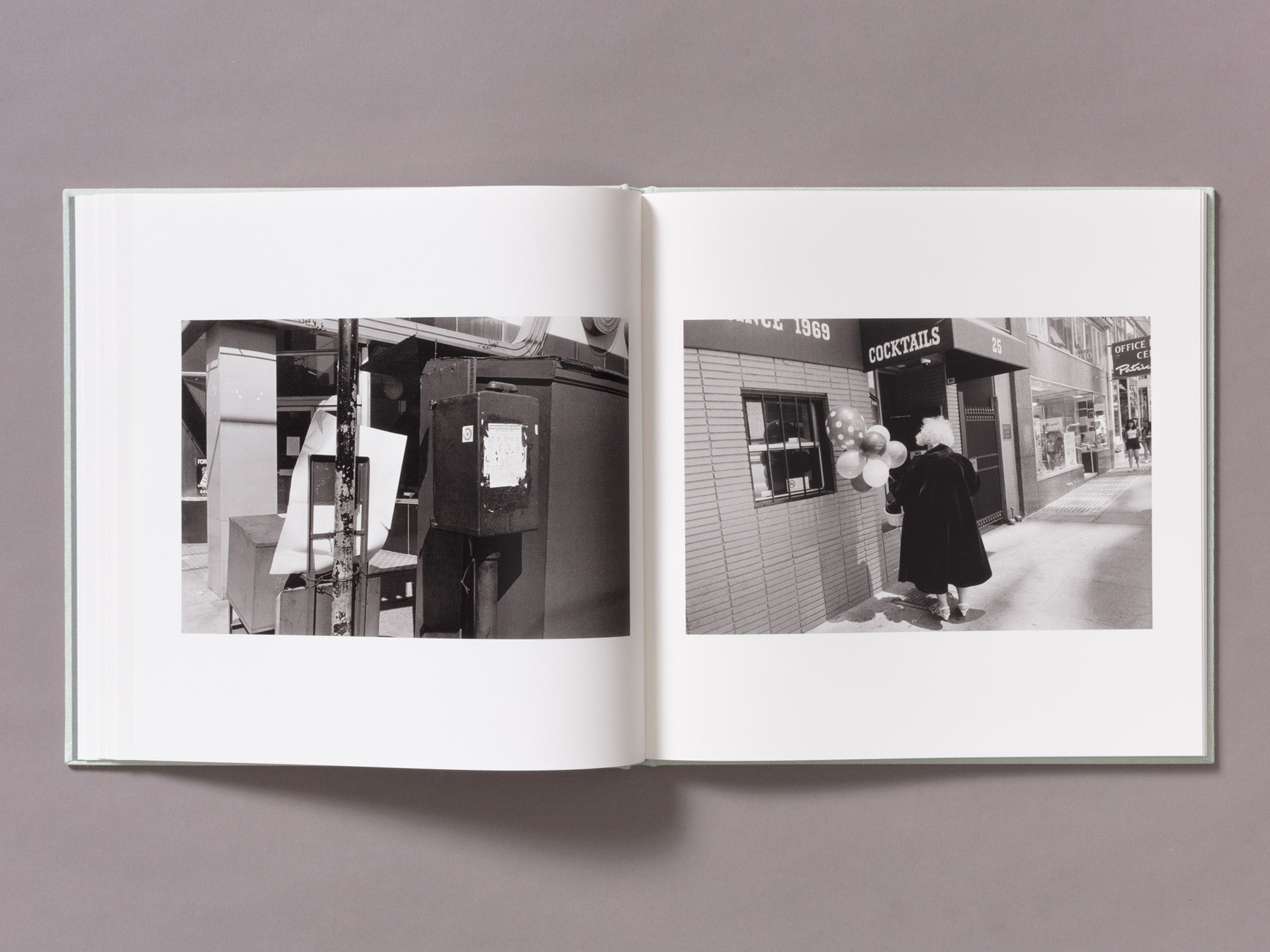
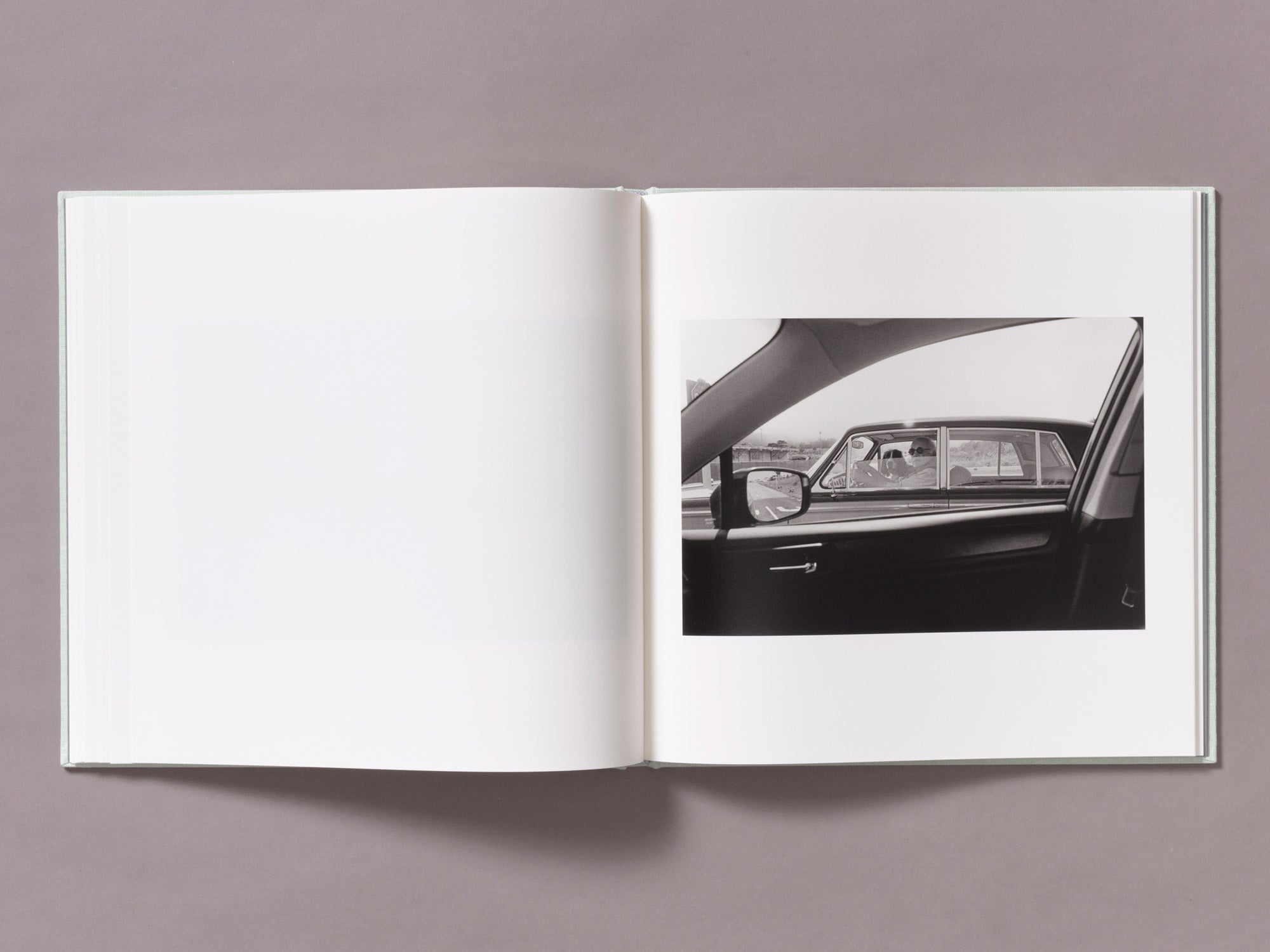
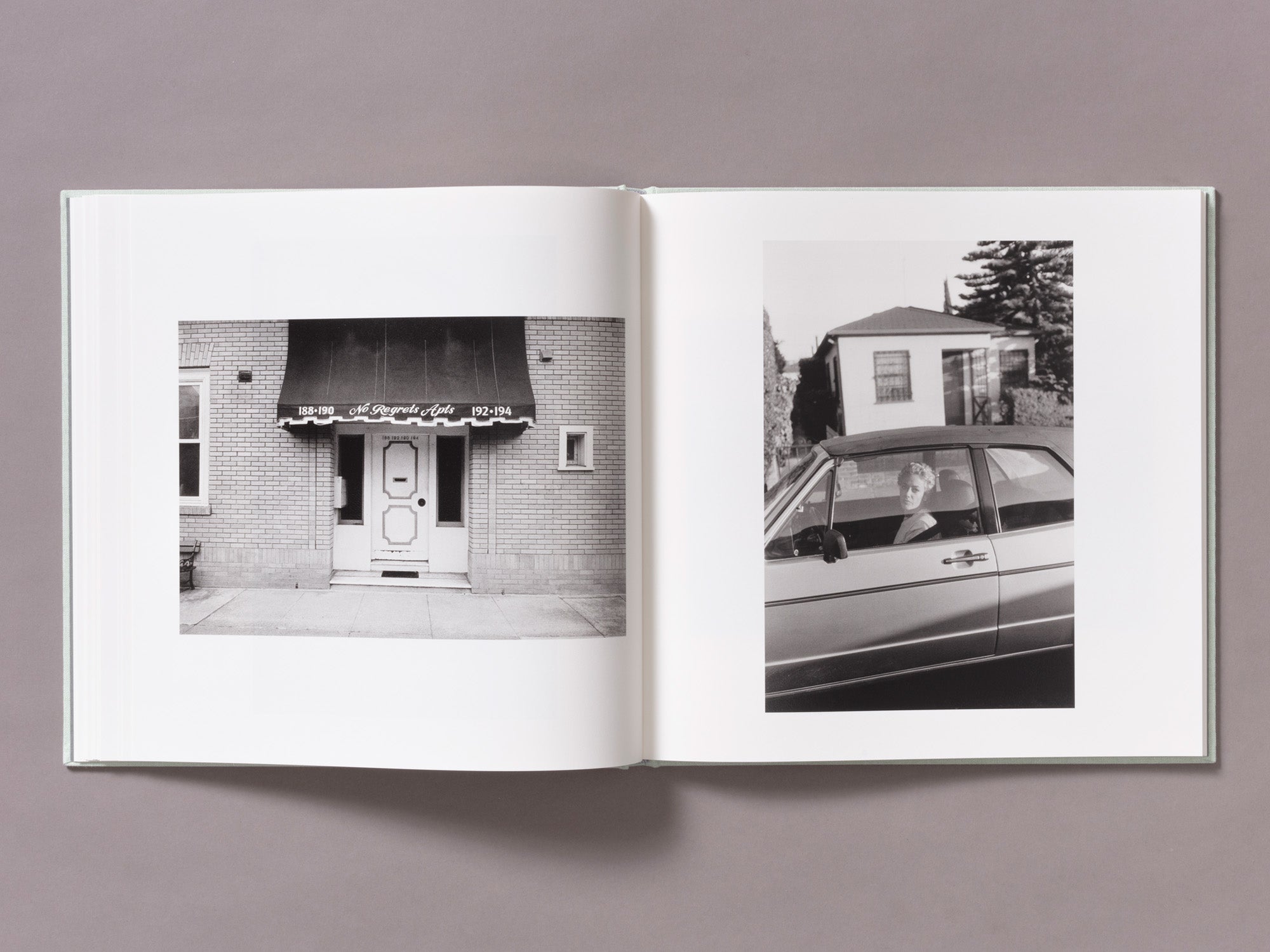
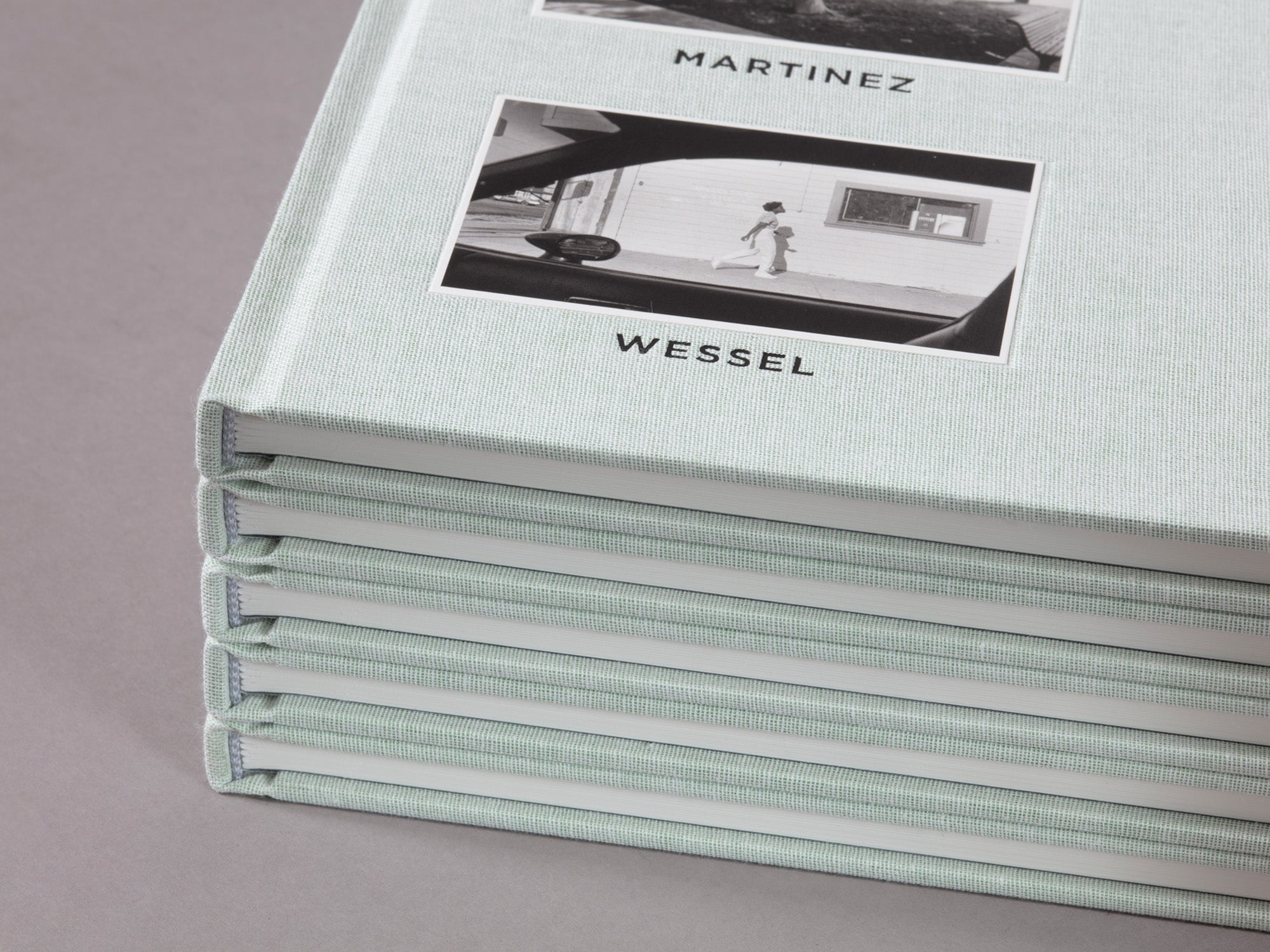
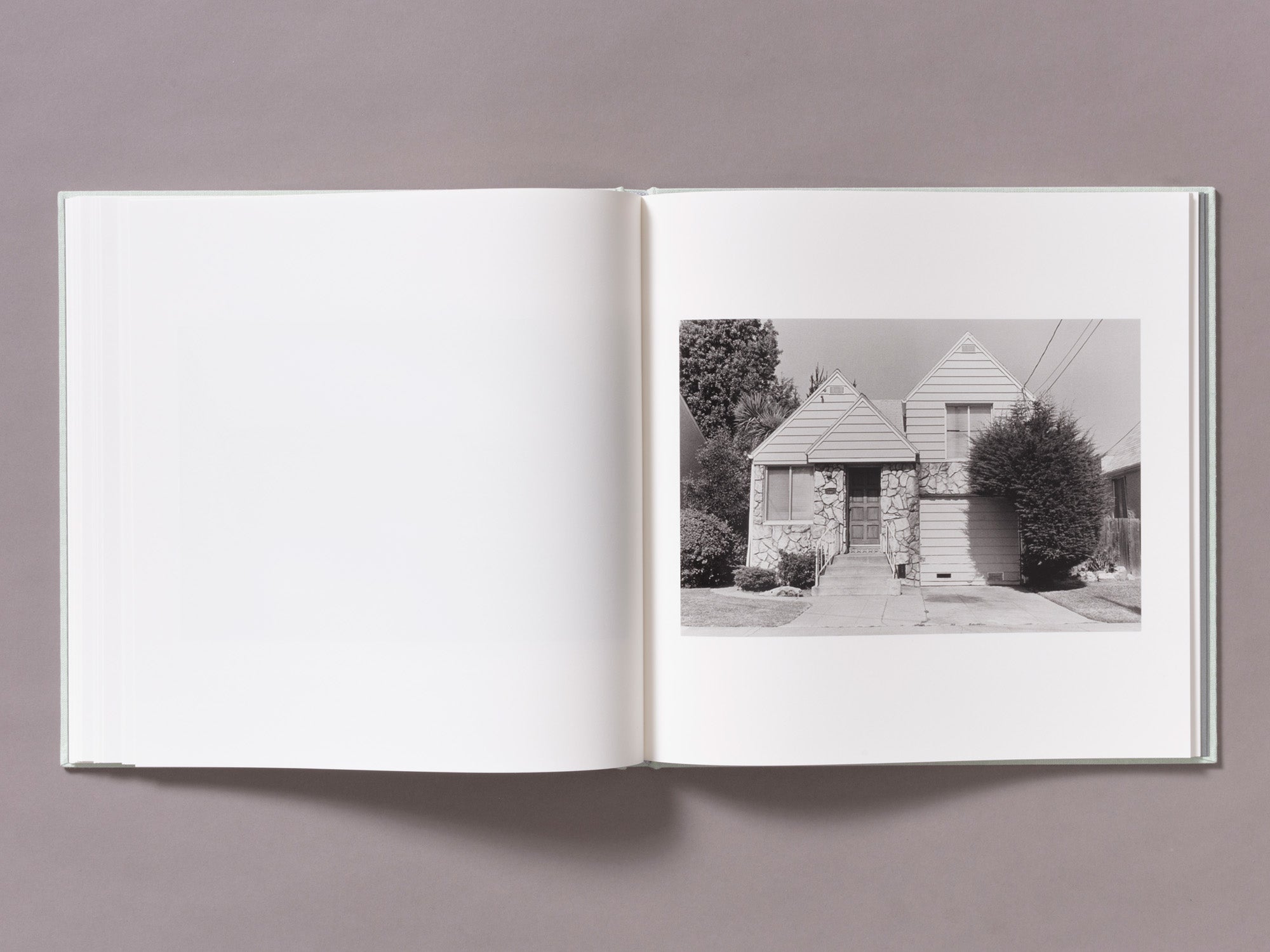
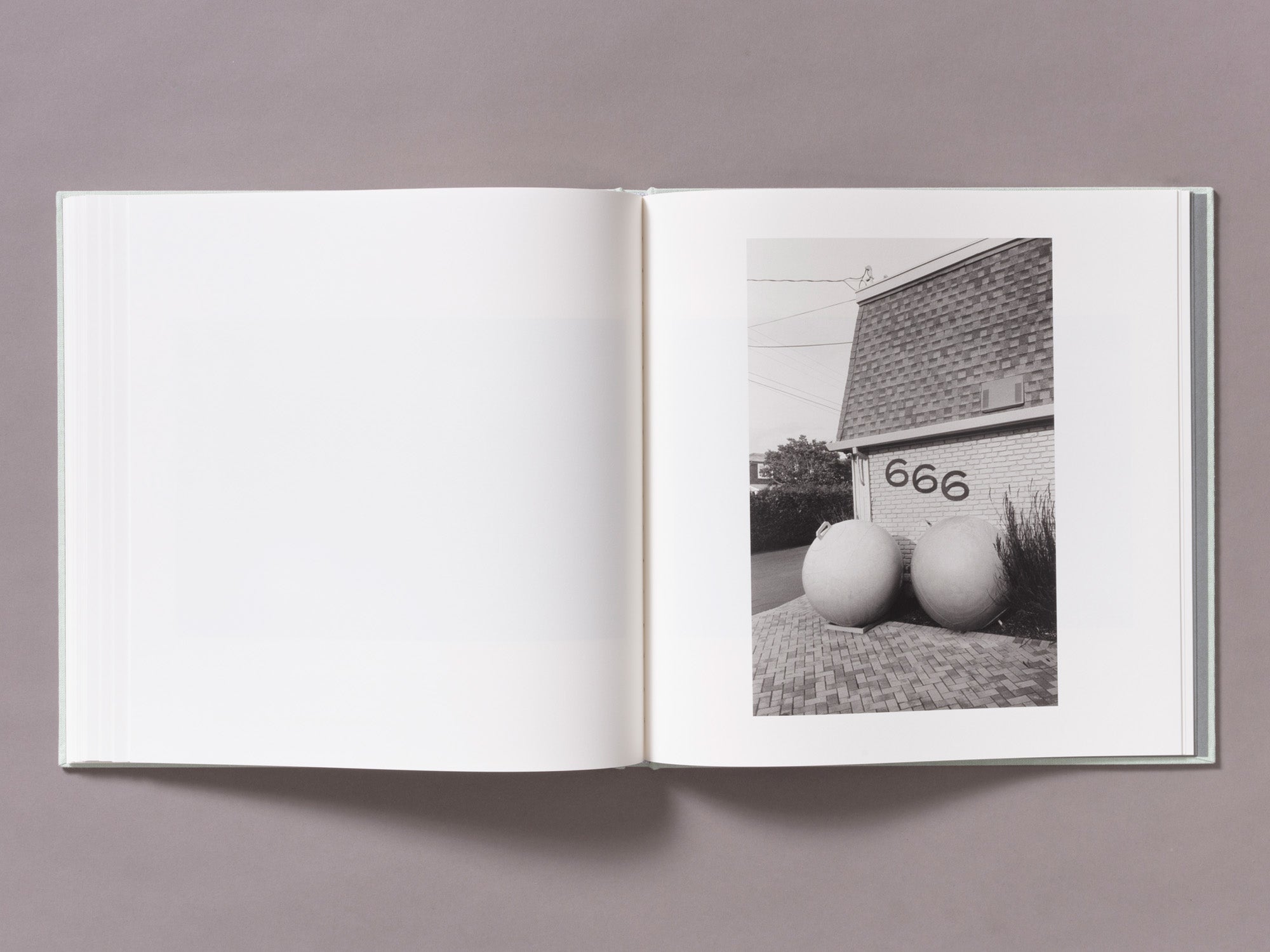
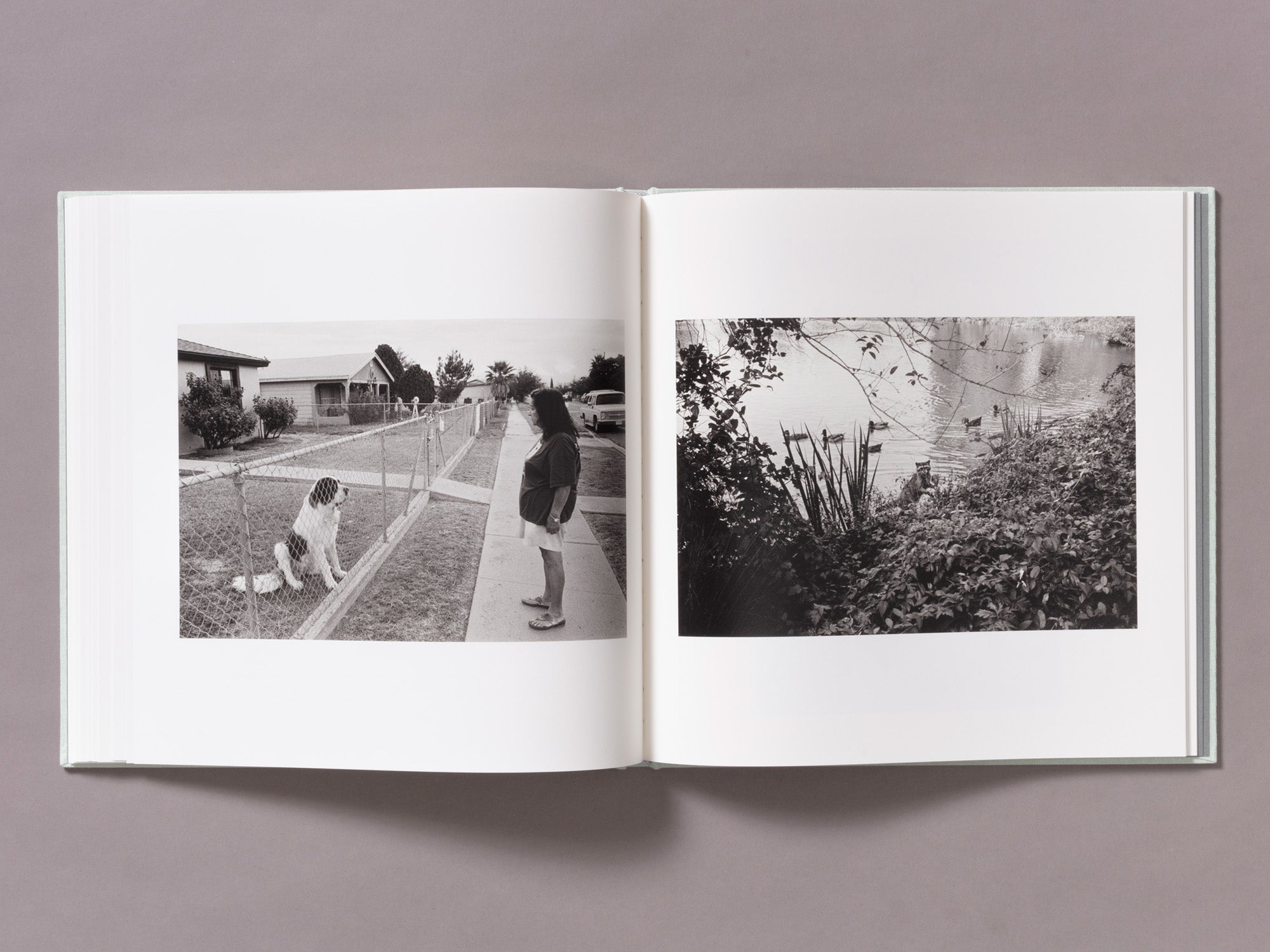

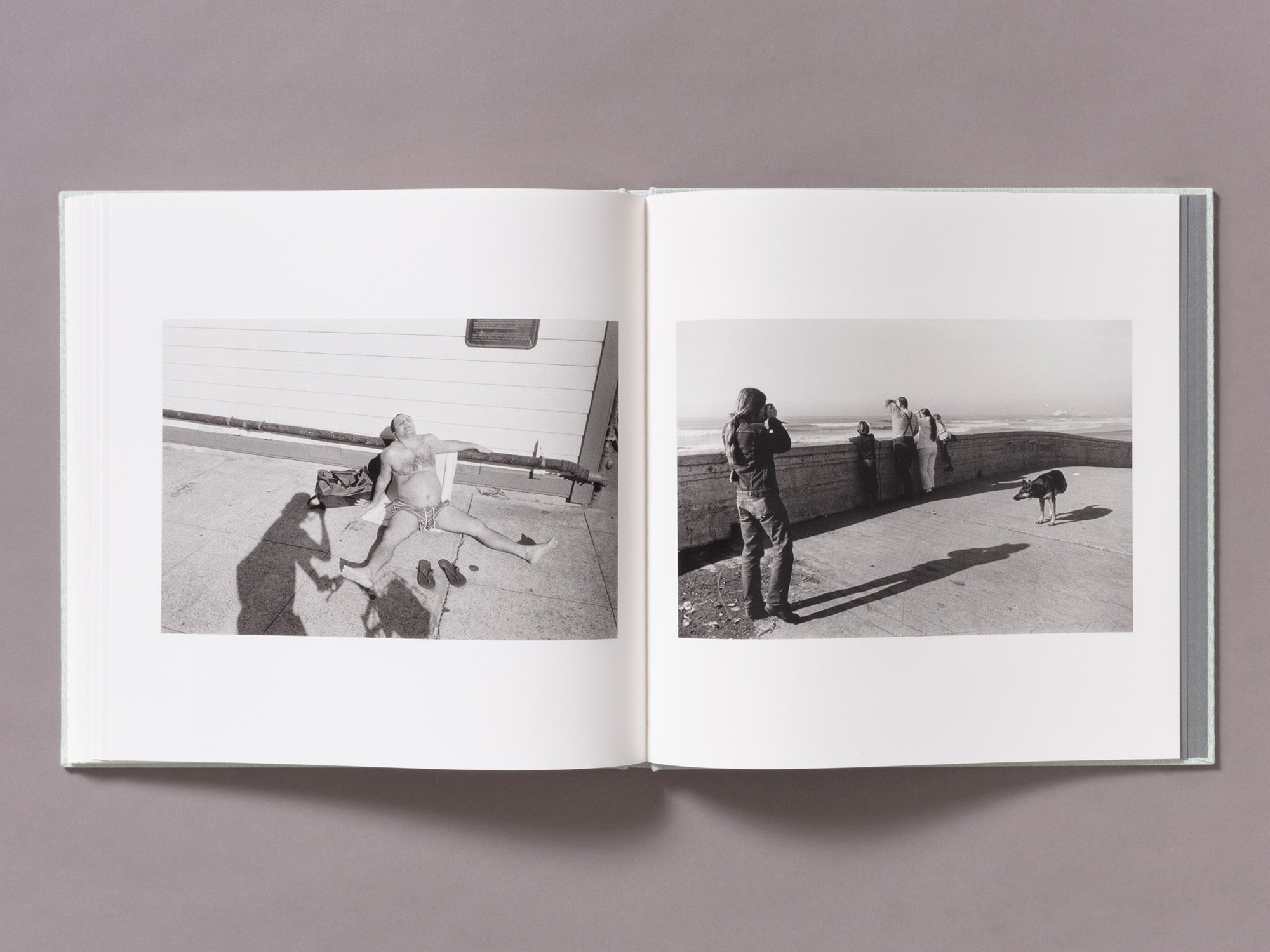
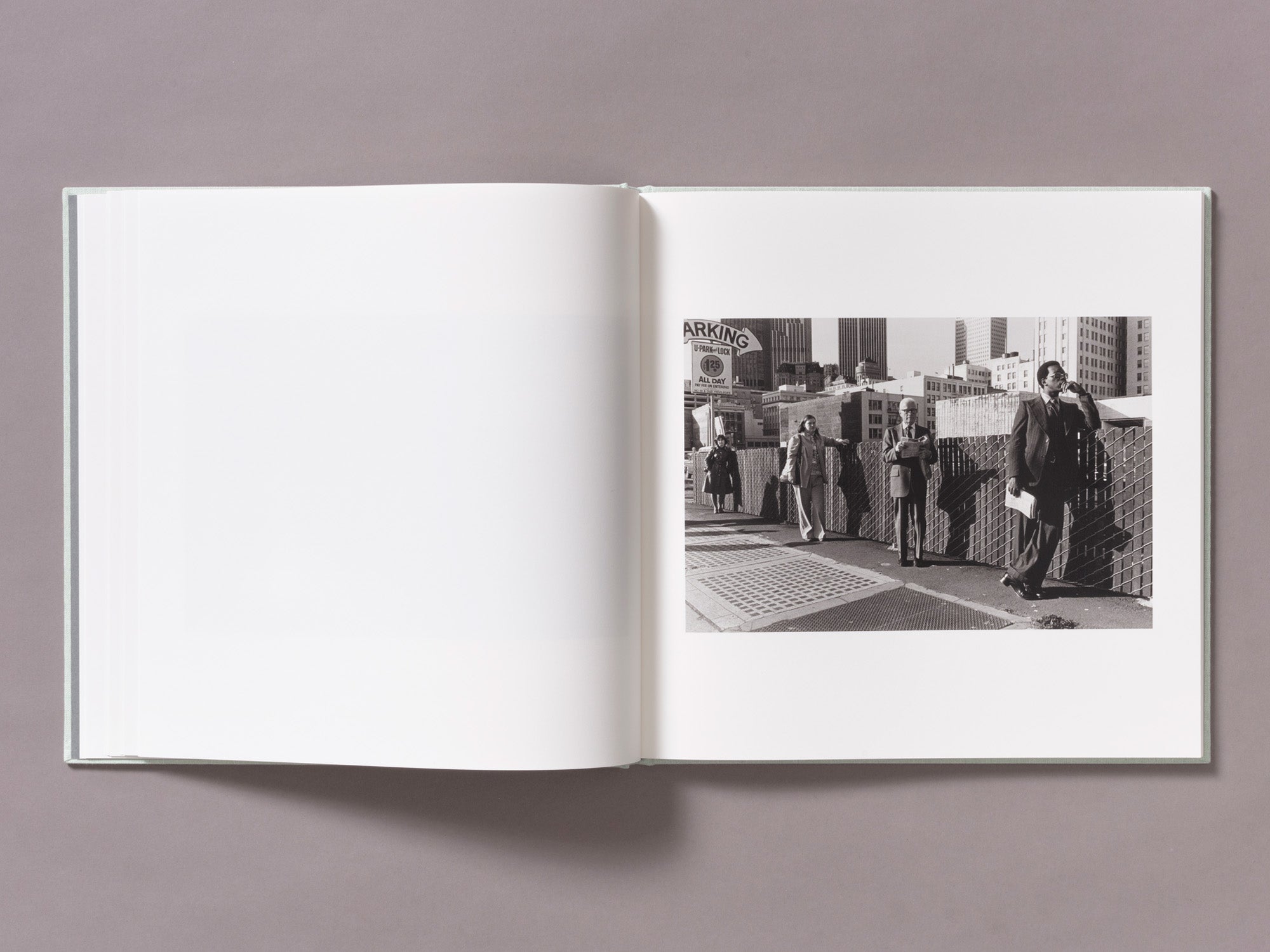
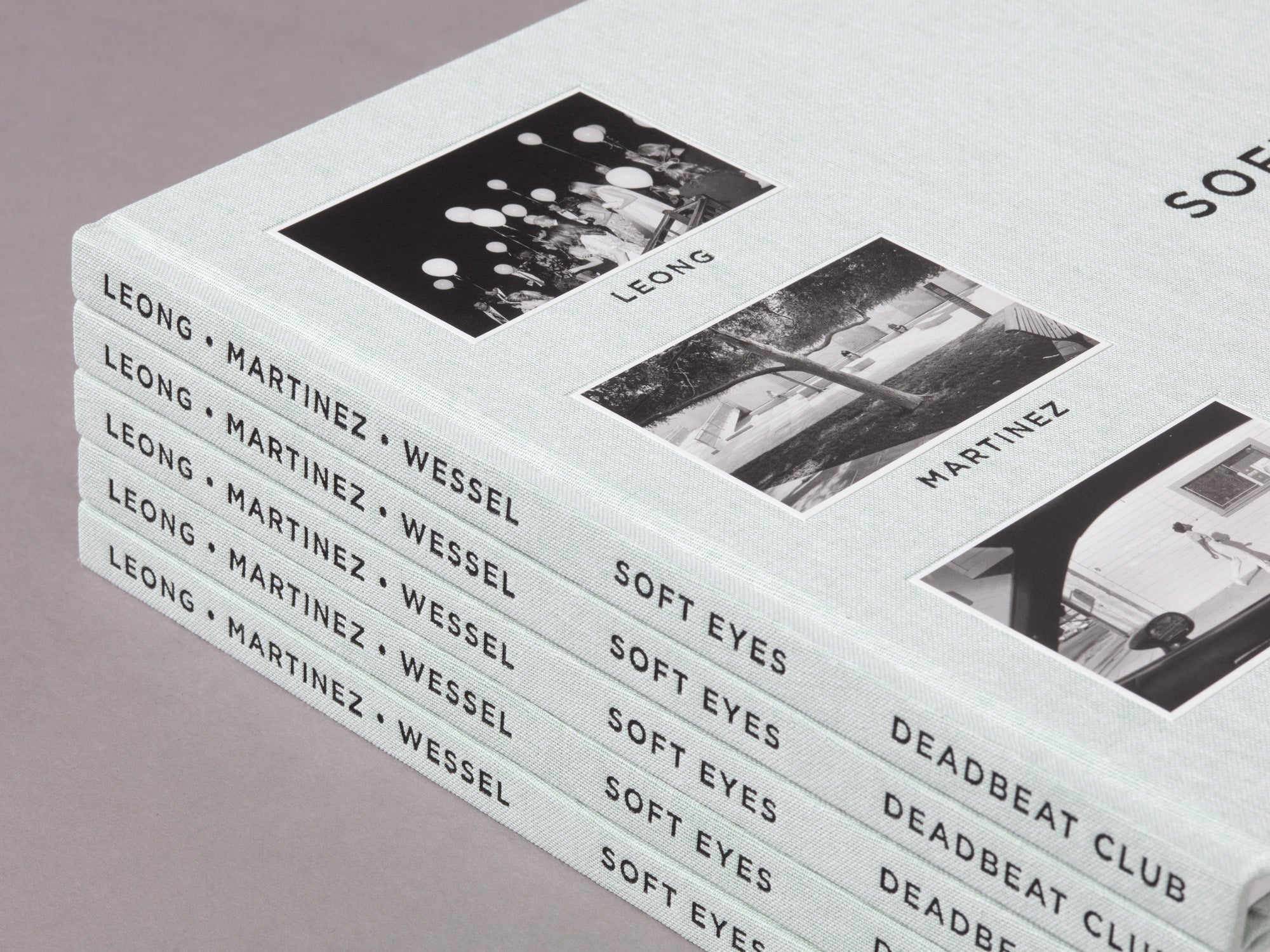
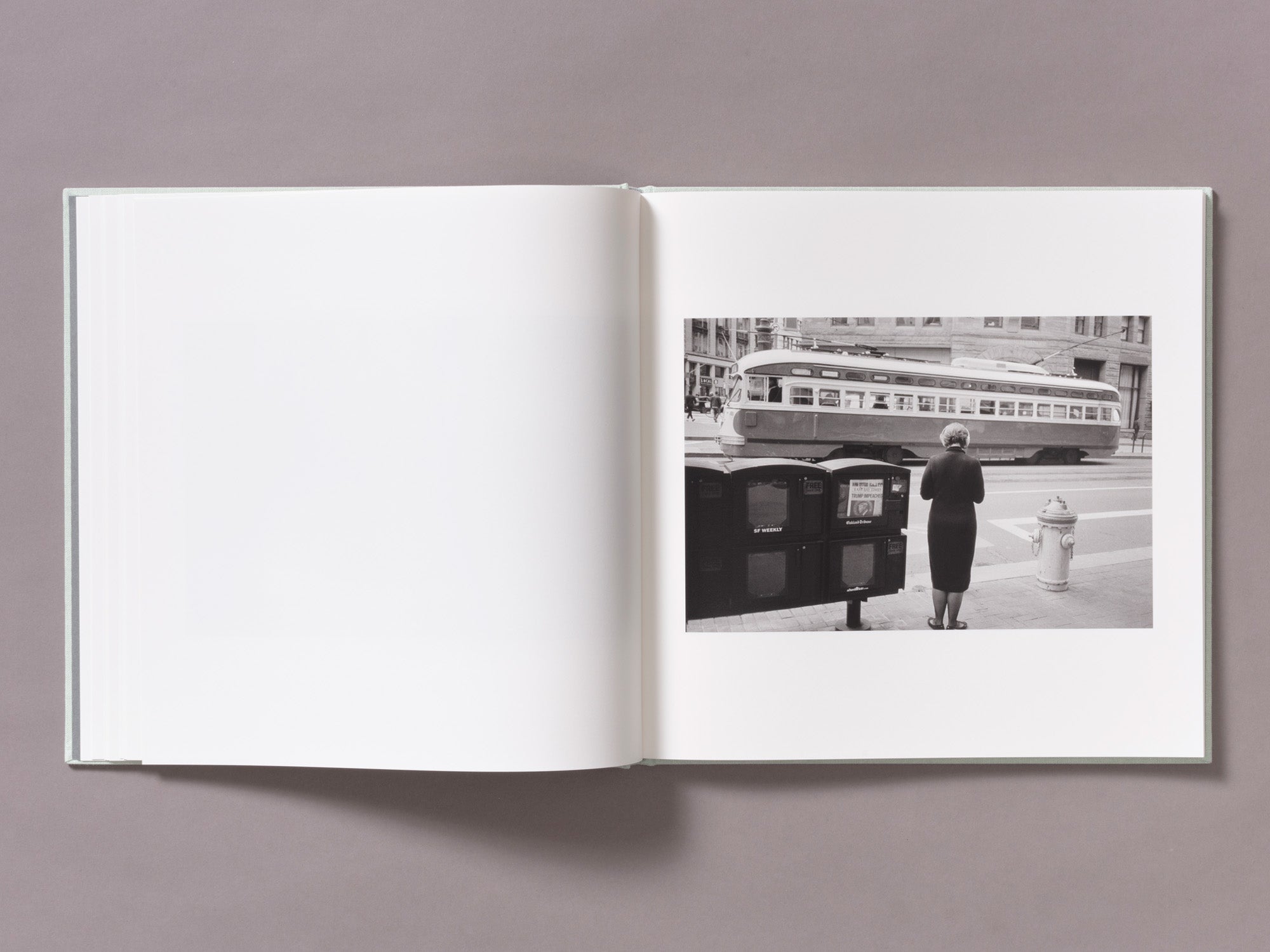
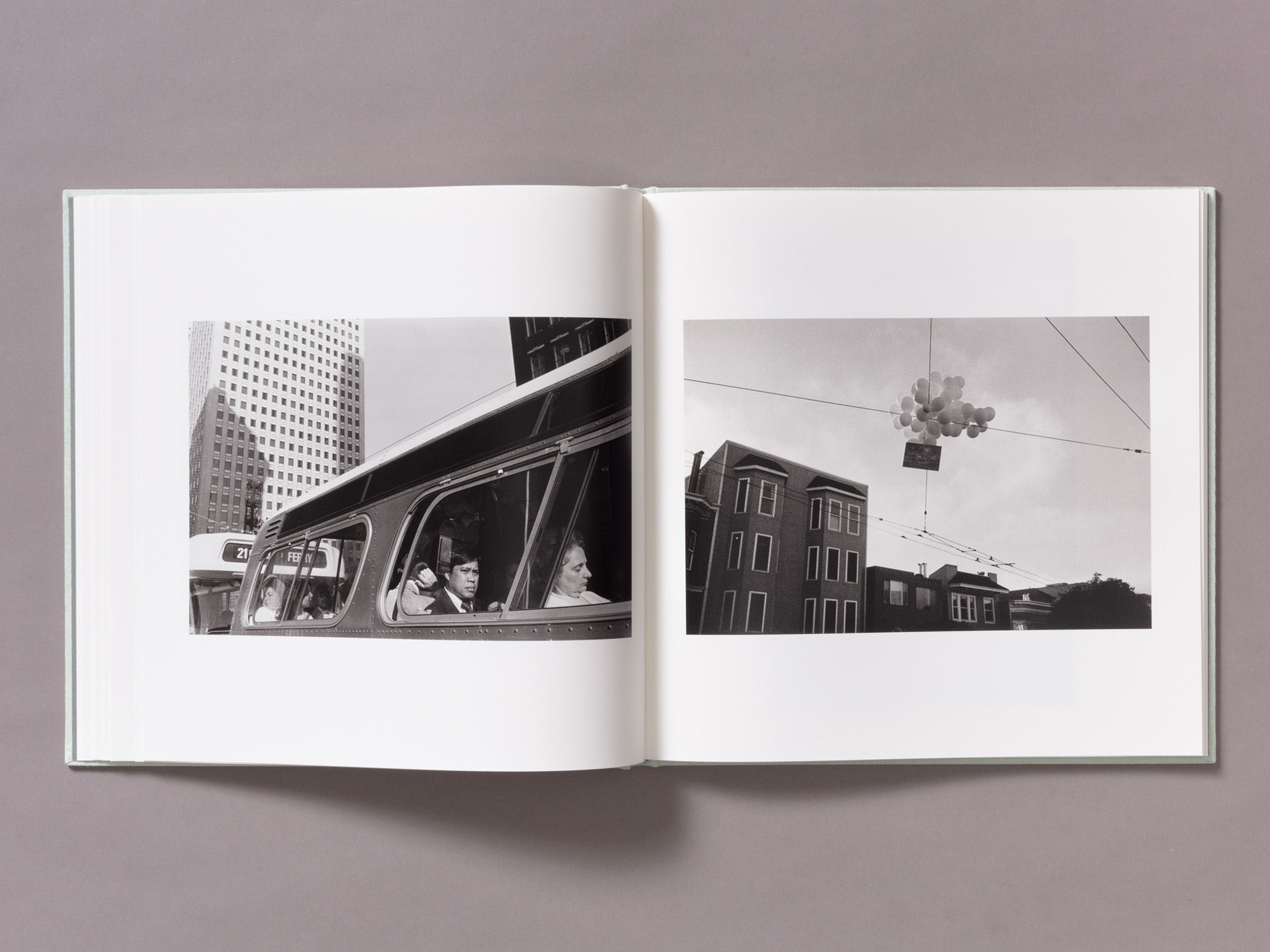
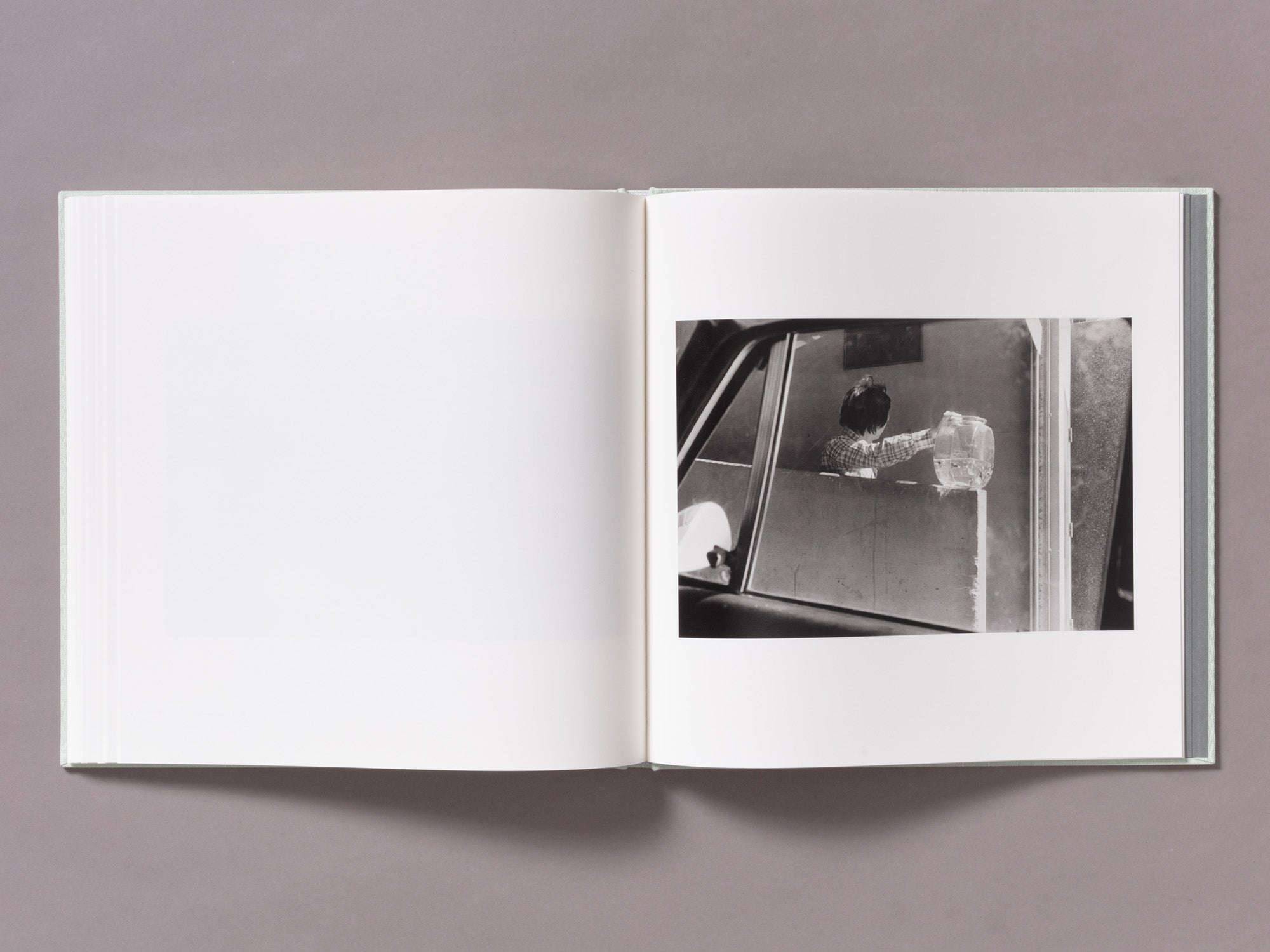
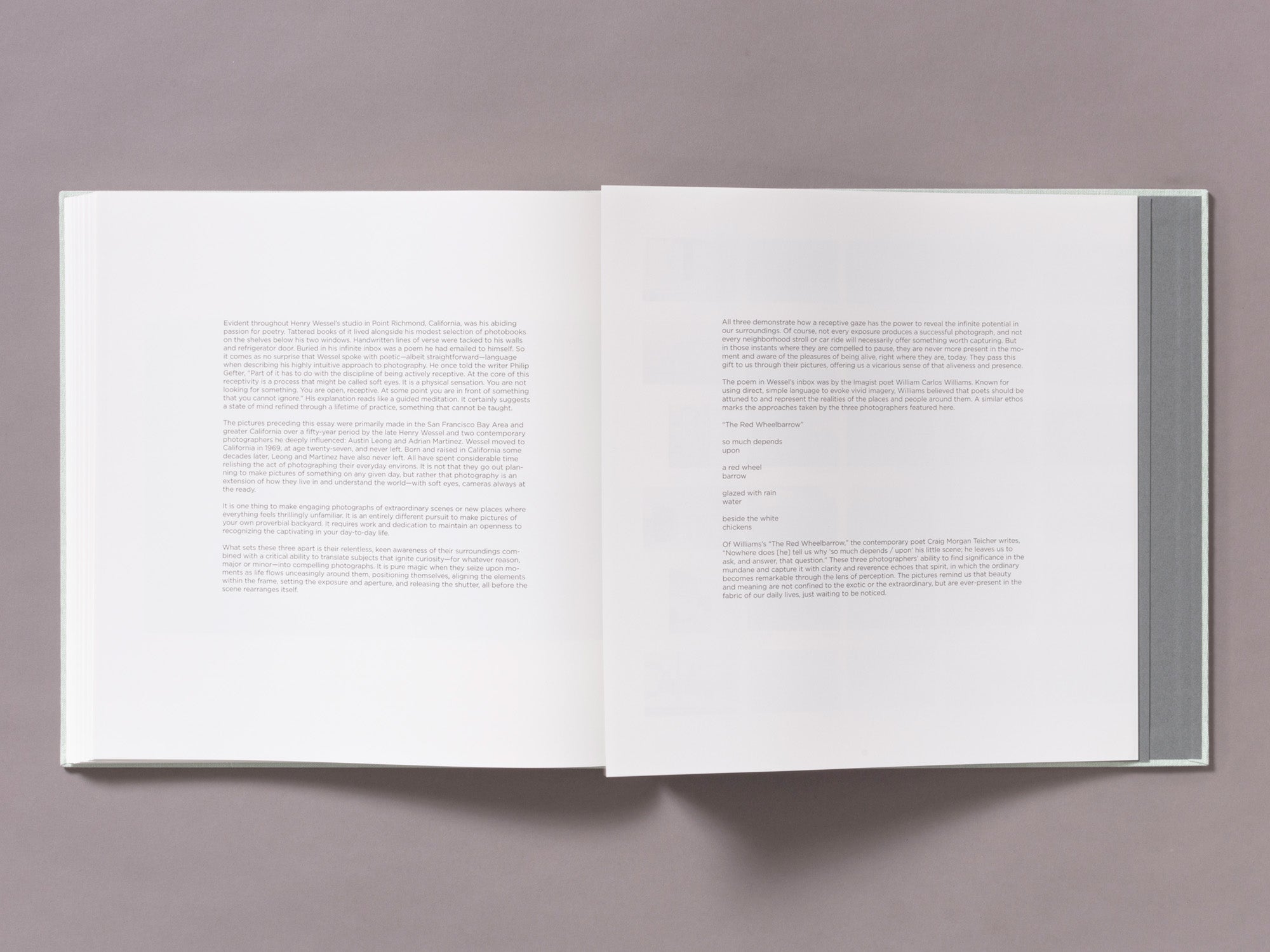
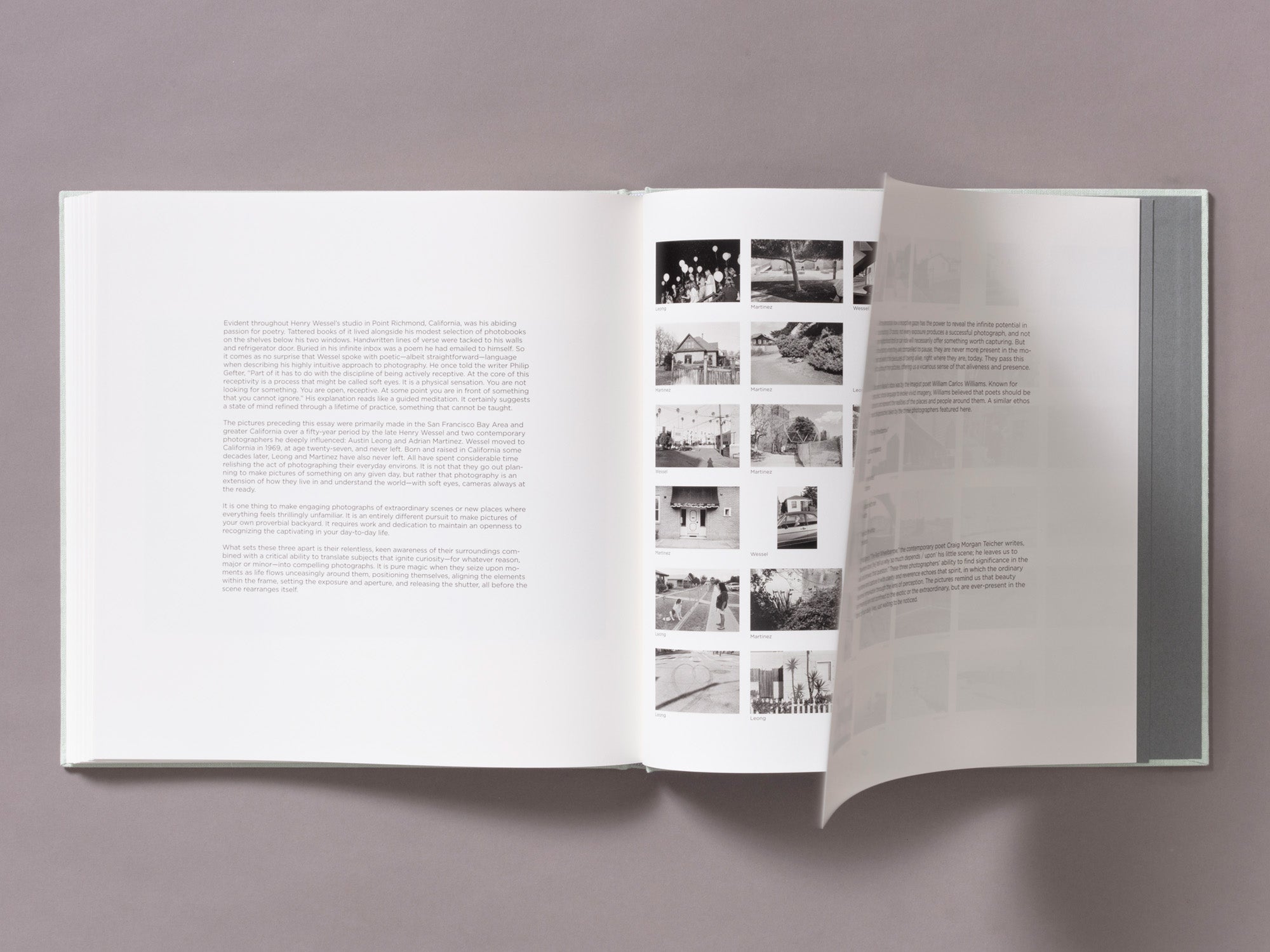
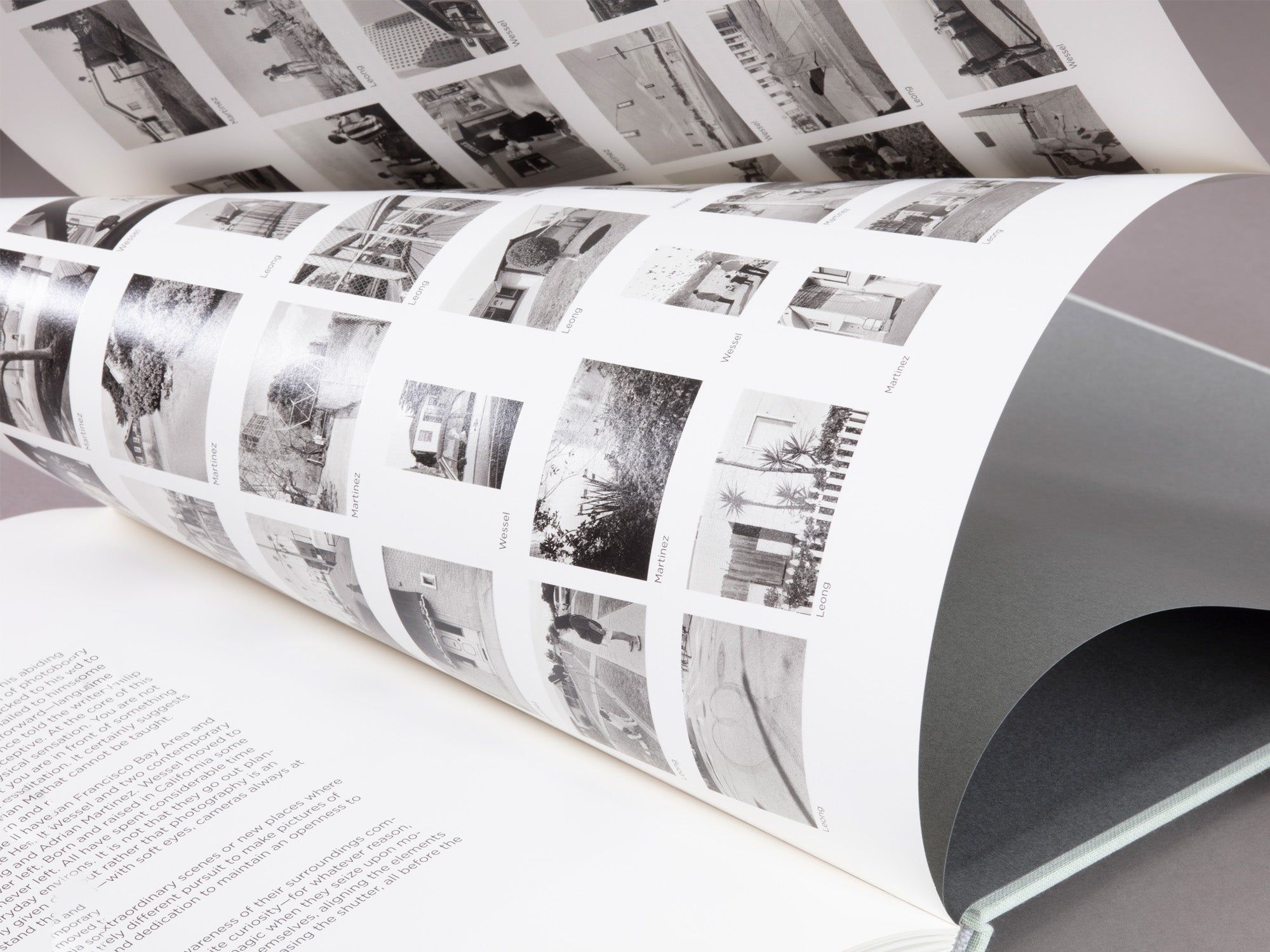

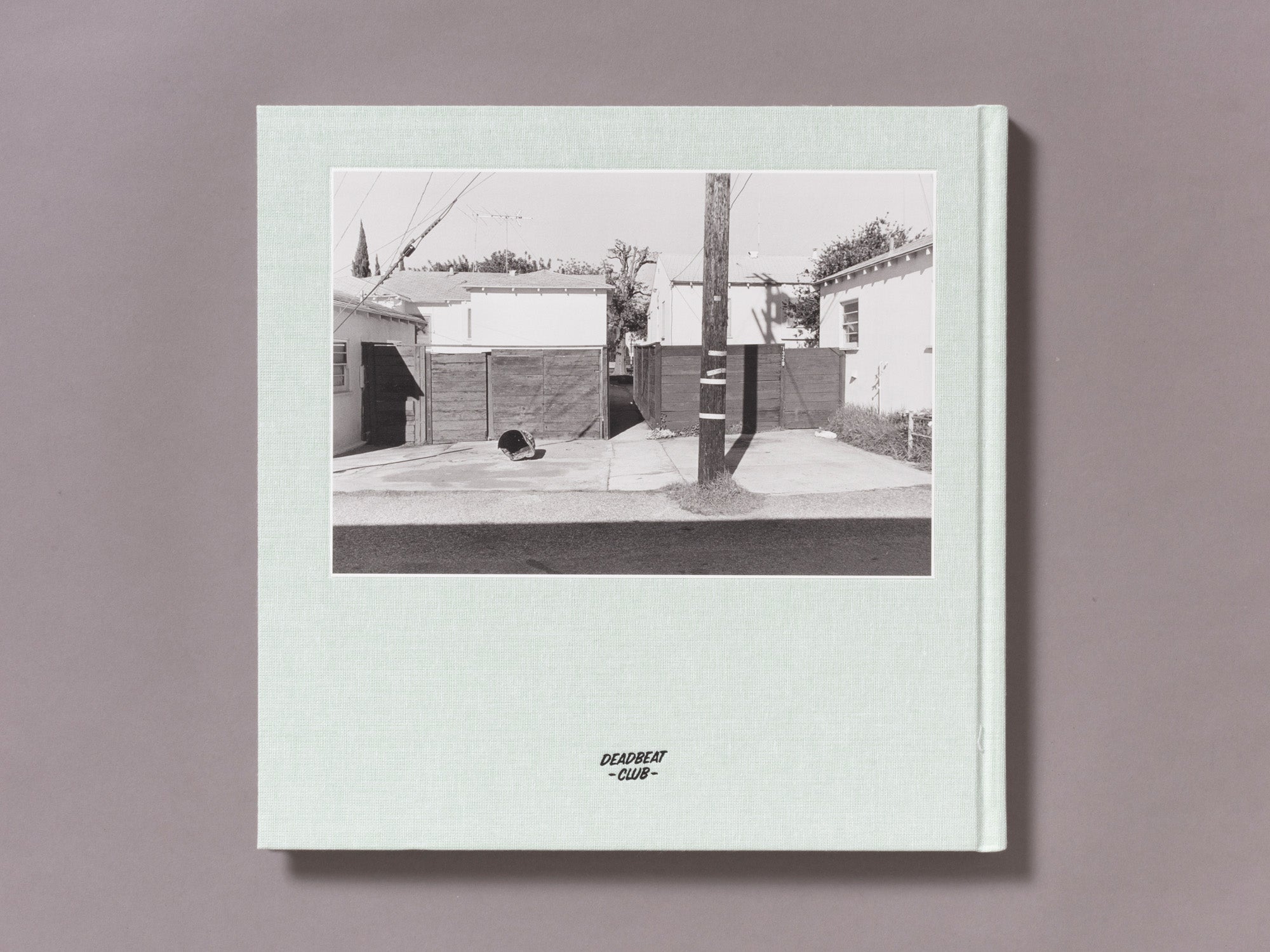
Soft Eyes
"Soft eyes", the late Henry Wessel once wrote in describing the way he went about looking for photographs, “is a physical sensation. You are not looking for something. You are open, receptive. At some point you are in front of something that you cannot ignore.” In this smart and tender act of homage, Wessel’s photographs (many of them previously unpublished) are combined with the work of two younger California photographers, Austin Leong and Adrian Martinez, and the resulting work is a surprising exploration of influence as well as a study of the sorts of connective tissue that provide a throughline in photography’s long and fascinating history of lineage. In some sense, Soft Eyes is a case of two photographers chasing a dead man’s shadows, but Leong and Martinez are both disciplined and devoted, and Wessel’s shadows are all over his old stomping grounds of Northern and Southern California, eternally pooling in expected and unexpected places and hiding in plain sight under the bleaching California sun. Wessel’s great gift was in making startling photos out of things and moments the average person might not notice, and his visual vocabulary was striking for its modesty; in a place long stereotyped for its hedonism, he had a quiet, almost Quaker aesthetic, and he was drawn to vernacular architecture, the seemingly prosaic, and the sort of social stasis (and static) that make all human activity and accomplishment look like a diorama in a museum of dreams. He was fiercely loyal to his Leica 35 mm camera, his wide-angle lens, and Kodak Tri-X film. He had his territory, staked out his place, and spent his career plumbing his preoccupations.
Given those self-imposed parameters—and those preoccupations—he has always been ripe for discovery by younger California photographers eager to carry on his work and explore the remnants of the world he left behind. As is evidenced here, there’s plenty of Wessel World still out there waiting for anyone lurking around with a 35 mm camera and soft eyes, and it’s a world where the photos of Leong and Martinez can almost effortlessly coexist with those of Wessel, while subtly—as curator Allie Haeusslein notes—extending Wessel’s sui generis visual vocabulary into the present.
PRESS:
BLIND MAGAZINE
Choose options


































